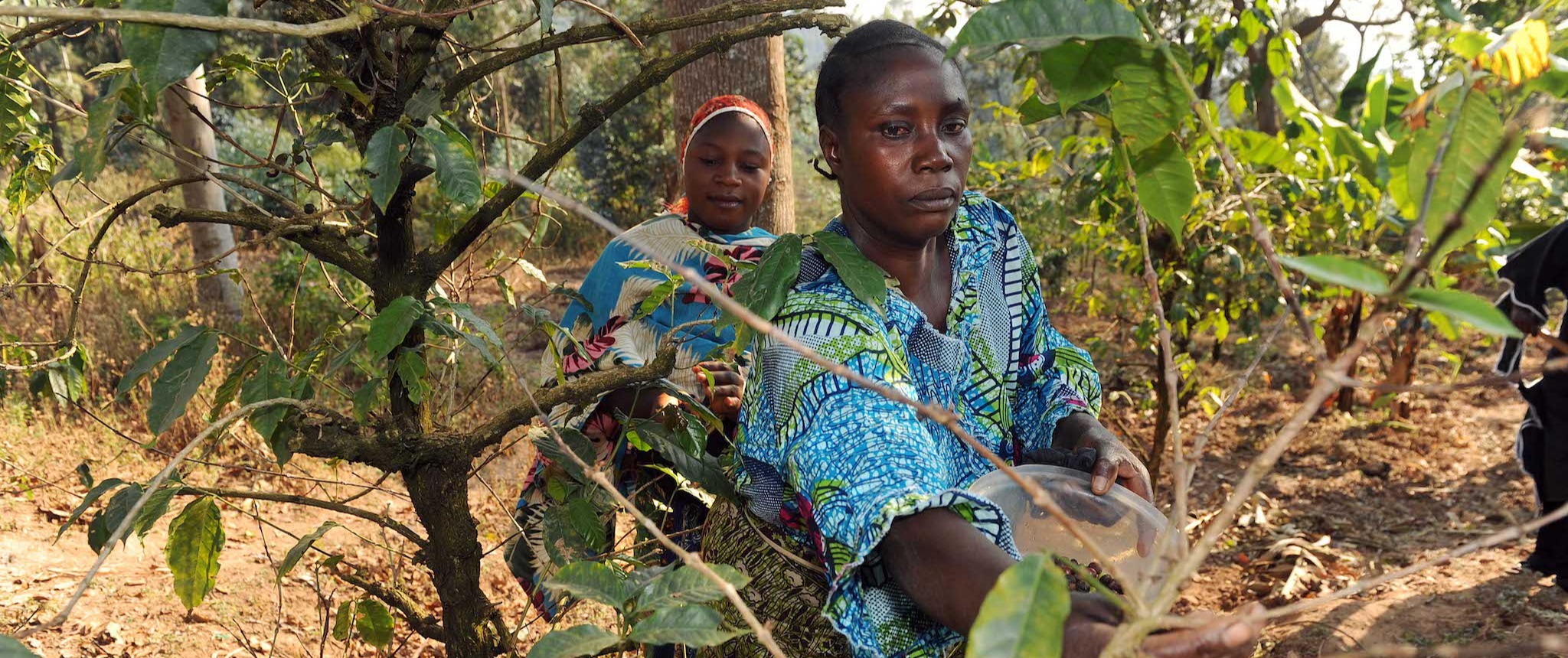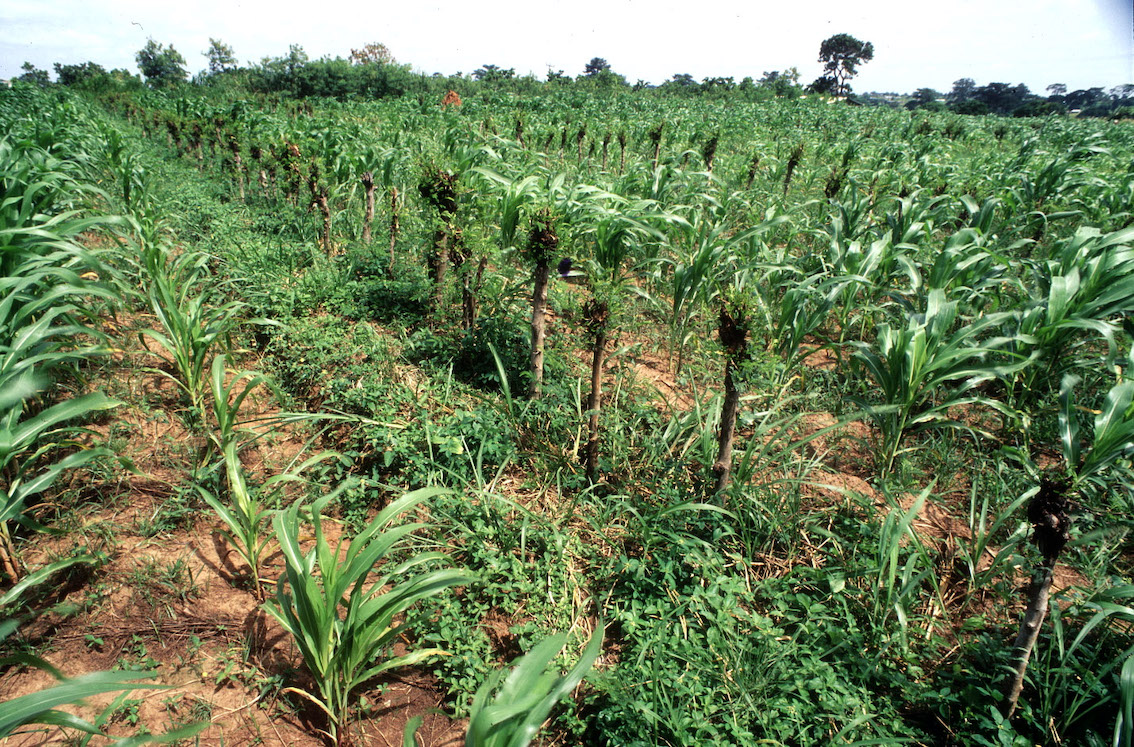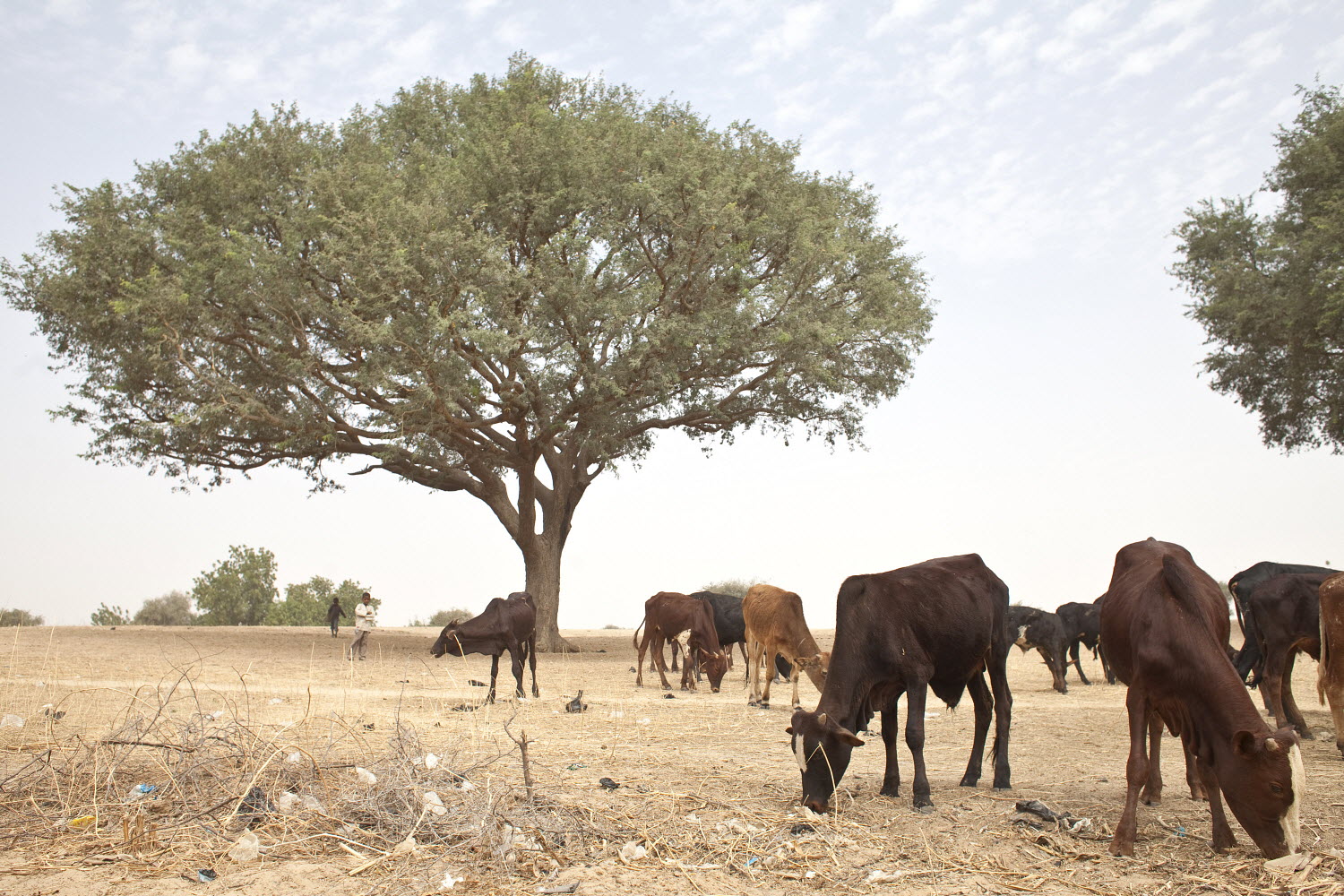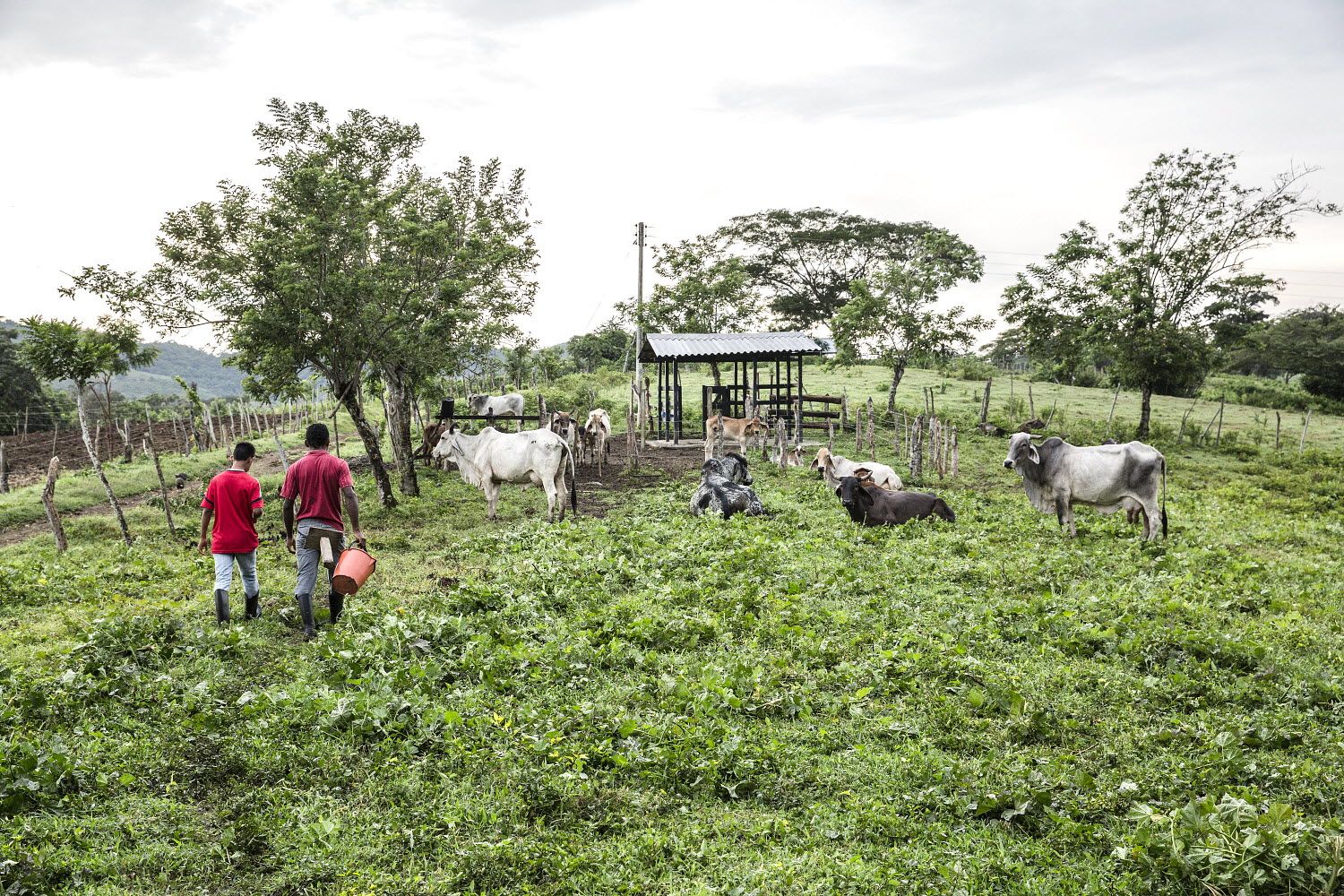Agroforestry

What is agroforestry?
Agroforestry is a collective term for land management systems where woody perennials (trees, shrubs, palms, bamboos, etc.) are deliberately integrated with agricultural crops and/or animals, in some form of spatial arrangement or temporal sequence. In agroforestry systems there are both ecological and socio-economic interactions between the different components.
Agroforestry is a nature-based solution that can diversify and sustain production for increased social, economic, and environmental benefits. Agroforestry is particularly crucial to smallholder farmers and other rural people because it can diversify their yield and income, enhance food security as well as increase farm resilience to climate change. Integrating trees such as those that provide fruit, fodder, or nitrogen-fixation can also offer a range of direct and indirect benefits to farmers.
There are three main types of agroforestry systems:

Combination of trees and crops, such as alley cropping or homegardens.


The diversity inherent in agroforestry is both a challenge and an opportunity. Since agroforestry can be designed to optimize its production and benefits, agroforestry should be tailored based on environmental conditions, the needs of the individual farmer and their community, and other economic considerations such as availability of resources, markets and value chains.
This requires a thorough understanding of the context and realities facing farmers, as well as expertise in all components of the agroforestry system and their integrated management to ensure short, medium and long-term benefits. Therefore, agroforestry systems require multidisciplinary knowledge, including an understanding of appropriate species, optimal arrangement and management and how the trees, crops and/or animals interact with each other throughout the year and growing cycles.
Developing, maintaining and disseminating guidance on effective agroforestry design, implementation and management is a cornerstone of FAO's work.
Key facts
- Agroforestry is a significant feature of agriculture in all regions of the world, but its extent varies across different regions.
- It is estimated that 78% of the global area under agroforestry is in the tropics and 22% is in the temperate regions.
- Agroforestry is particularly prevalent in Southeast Asia, Central America, and South America.
